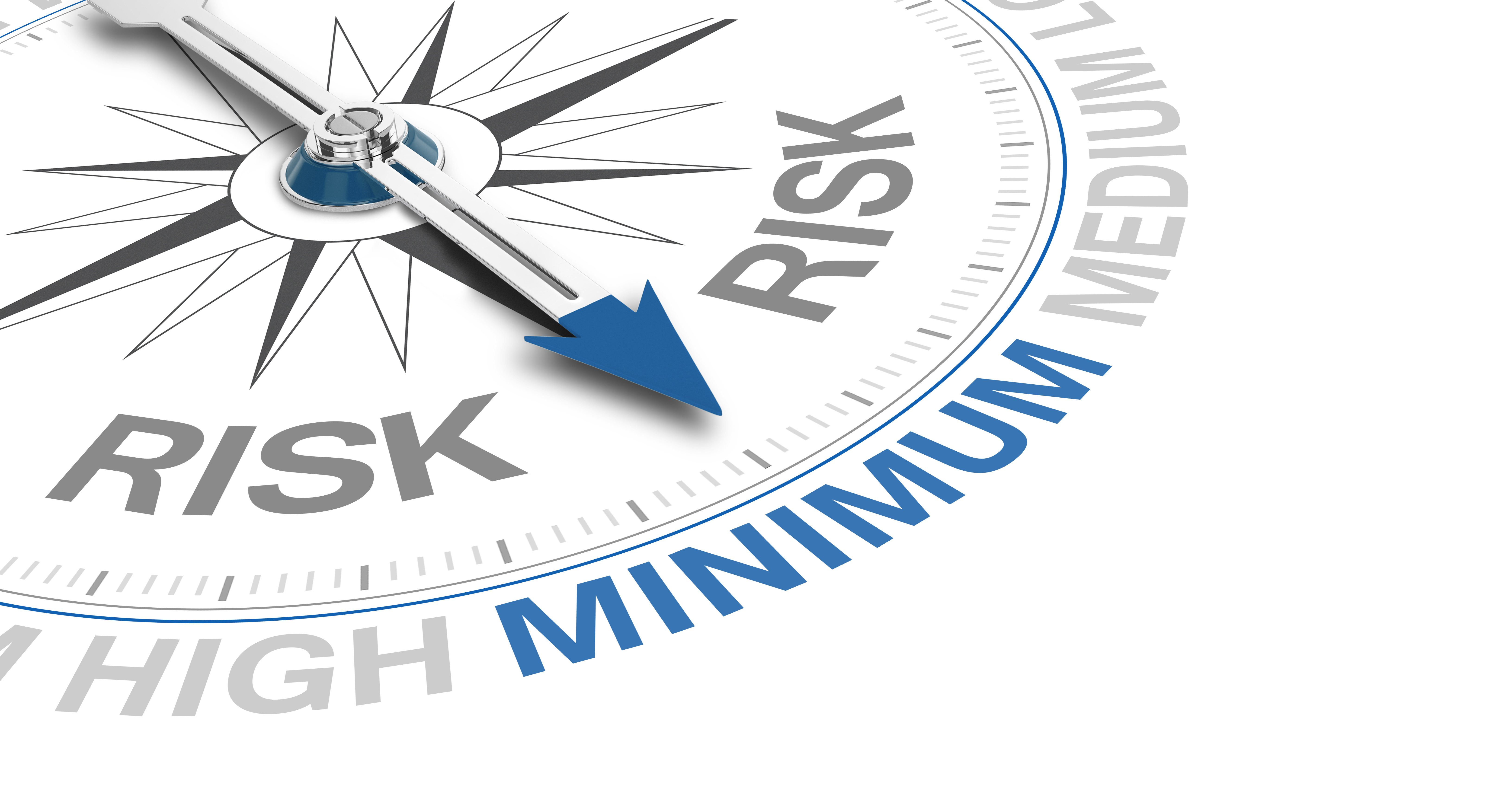Complete Guide to Cyber Risk Quantification (CRQ)
Here are four key takeaways from the blog: CRQ turns cyber threats into financial terms, allowing organizations to assess and prioritize risks...

Here are the key takeaways from this blog:
Check out the Cyber Risk Management Model that examiners reference below
Risk management is more crucial than ever. Financial Institutions must effectively evaluate potential risks to safeguard their assets, reputation, and be compliant with regulations. Two primary methodologies for conducting risk assessments are quantitative and qualitative approaches. In this blog post, we'll explore these two methods, their differences, and which one you should use for your risk management efforts.
Schedule Your Free System Risk Assessment Below
Before diving into the quantitative approach, it's essential to understand qualitative risk assessments. Qualitative assessments are subjective evaluations of risks based on criteria such as impact and likelihood. This method does not involve specific numerical data but rather relies on judgment. Qualitative assessments are often used when you need a broad overview of risks or when quantitative data isn't readily available.
In contrast, quantitative risk assessments are data-driven and objective. They involve assigning financial values to various risk factors, including potential loss, probability, and impact. These assessments provide precise, quantifiable information, making them valuable for making data-driven decisions. Quantitative assessments are commonly used when an organization needs to prioritize risks, allocate resources efficiently, and calculate the potential financial impact of risk and control decisions.
Schedule Your Free System Risk Assessment Below
A quantitative risk assessment.
The additional benefits are unmatched. When we see an organization perform a qualitative risk assessment, they usually do it once per year, often in a spreadsheet, and then it sits on the virtual shelf until the following year. They present it to their Board and their eyes glaze over and no questions are asked, no decisions made.
Consider the purpose of the risk assessment. Your risk assessment is supposed to be your number one decision-making tool for your IT and cybersecurity program. It is mentioned countless times in NCUA and FDIC guidance for this reason.
With a quantitative risk assessment, you can look at the financial impact of your highest-risk systems, and determine which control decisions will give your organization the highest ROI. It will help you prioritize your resources, and ensure you are taking a proactive approach to reducing risk.
During your next board meeting, show your board of directors the systems that exceed their defined risk tolerance, by how much, and the ROI of your action plan to bring that risk within their acceptable level.
I promise they will trust you moving forward and get you the resources you need to implement your plan.
Performing a quantitative risk assessment often involves complex calculations, data analysis, and modeling. If you decide that a quantitative assessment is the right choice for your organization, working with a professional risk management solution like Rivial can be highly beneficial.
Rivial specializes in quantitative risk management, leveraging the power of breach data and advanced statistical analysis to provide organizations with accurate, actionable insights. Their expertise in risk modeling and management can help your organization make informed decisions and allocate resources effectively. Don’t be afraid though, this process only takes about 30 minutes per information system.
In conclusion, both qualitative and quantitative risk assessments have their place in the world of risk management. By understanding the differences and assessing your organization's specific needs and circumstances, you can choose the most suitable approach to protect your assets and ensure business continuity. If you opt for a quantitative assessment, partnering with a specialized service like Rivial can provide invaluable support in navigating the complex world of quantitative risk analysis.
Check out the Cyber Risk Management Model that examiners reference below

Here are four key takeaways from the blog: CRQ turns cyber threats into financial terms, allowing organizations to assess and prioritize risks...

Here are the key takeaways from the blog: Advanced techniques streamline IT risk assessments: The firm's innovative approach reduces client effort,...

Risk management, in our world of dependence on Information Technology (IT), demands that IT departments implement security programs capable of...